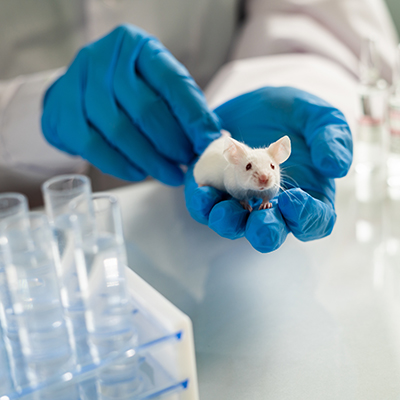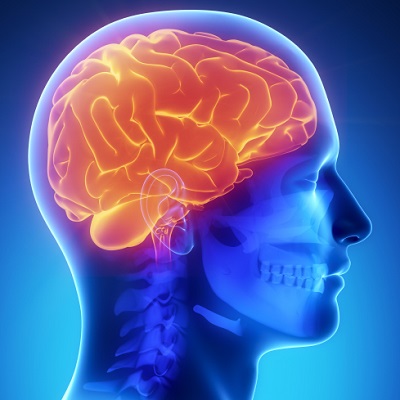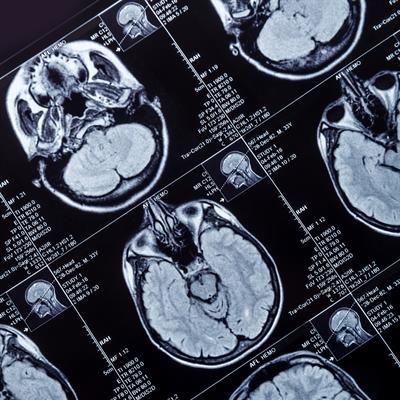July 25, 2022 -- Arizona State University (ASU) scientists have provided some of the first detailed view of the molecular and cellular mechanisms behind traumatic brain injury (TBI) as the condition progresses from the acute to the chronic phase.
Researchers utilized a mouse model for their study, published on July 22 in in the journal Science Advances, to help uncover the root causes of TBI by identifying biomarkers that could pave the way for the design of much-needed diagnostics and therapeutics.
The molecular and cellular mechanisms of TBI injury progression are multifaceted and complex which "affects the development of diagnostic and treatment options" including targeted drug delivery, according to Sarah Stabenfeldt, PhD, the study's corresponding author and professor at ASU.
"The neurotrauma research community is a well-established field that has developed and characterized preclinical animal models to better understand TBI pathology and assess the efficacy of therapeutic interventions," Stabenfeldt said in a statement. "Using the established mouse model enabled us to conduct biomarker discover where the complexity and evolution of the injury pathology was progressing."
Researchers used what they contend is a "unique discovery pipeline" to identify novel targeting motifs that recognize specific temporal phases of TBI pathology. The pipeline combined in vivo biopanning with domain antibody (dAb) phage display, next-generation sequencing (NGS) analysis, and peptide synthesis.
"Our study leverages the sensitivity and specificity of phage to discover novel targeting motifs," Stabenfeldt said. "The combination of phage and NGS has been used previously, thereby leveraging bioinformatic analysis. The unique contribution of our study is putting all of these tools together specifically for an in vivo model of TBI."
The scientists found a suite of unique biomarkers specifically associated with the acute or chronic phases of TBI. In the acute phase, TBI targeting motif recognized targets associated with mainly metabolic and mitochondrial dysfunction, while the chronic TBI motif was largely associated with neurodegenerative processes.
In the study, proteins involved in neurodegenerative diseases were not detected at one day post-injury but were detected at seven days post-injury. This phenomenon may help to explain why people who have had a TBI are more susceptible to developing later in life neurodegenerative diseases such as Alzheimer's disease and Parkinson's disease, according to the researchers.
Leveraging this successful discovery pipeline can serve as the foundation for next-generation targeted TBI therapeutics and diagnostics, the researchers contend. Going forward, they plan to collaborate with ASU clinical partners and expand their research to human samples.
Copyright © 2022 scienceboard.net










